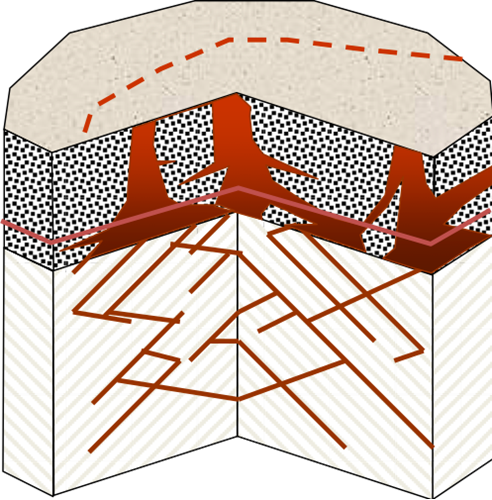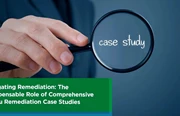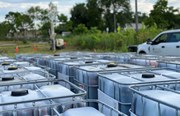- Cascade
Environmental consultants who work in the remediation industry long enough will encounter geologies and hydrogeologies that pose difficulties for selecting effective remediation technologies. In situ thermal remediation (ISTR) technologies are applicable to a wide range of subsurface conditions, but certain geologies require more thought. Fractured rock sites are considerably challenging – it is often difficult to even determine how deep non-aqueous phase liquid (NAPL) has gone, and to define what we refer to as the “source area.” Some sites have NAPL in the fractures and some have most of the mass trapped in the matrix, where it has diffused into over decades. There are two main challenges when working on fractured rock sites:
- How to decide on the thermal treatment volume without making the problem worse.
- How to design and implement an effective and safe thermal system.
The topics discussed in this blog are also presented in the on-demand webinar, Thermal Conductive Heating – The Remedy Option for Deep Bedrock.
Determining Thermal Treatment Volume
For any aggressive source treatment to be cost-effective, it is important that the right volume is treated. As illustrated below, it may be relatively easy to determine the treatment area in the overburden, but quite a bit more difficult in the deeper bedrock where the fracture pattern can be chaotic. Generally, most of the contaminant mass resides within and above the more highly weathered upper portion of the bedrock, in contrast with the deeper rock where fractures tend to be fewer and more widely spaced. Thus, the target treatment zone for thermal sometimes does not extend below the bottom of the weathered bedrock. At some sites treatment of a small mass deeper in the fractured bedrock is desired; in those cases, the heaters are extended to heat and treat to the desired depth.

Illustration of NAPL presence at a site with overburden and fractured rock. Determining the outer limits of the source zone (where to treat) presents a challenge.
Another general challenge in bedrock is this: When you drill, the shaking of the ground may disturb the NAPL, and in some cases may cause the NAPL to move deeper. Therefore, careful drilling-often using diamond coring-must be used to minimize the risk, at considerable expense. This limits the number of boreholes drilled, despite the fact that the complex geology would have otherwise demanded more drilling and sampling. As a result, the source area is often less well defined than for sites with the contaminants of concern (COCs) in overburden deposits.
Once the treatment volume has been set, the next step is to determine the best thermal method for the site. TerraTherm, a Cascade Company and our current staff have worked at seven different bedrock sites, and share more of what we’ve learned in the on-demand webinar, Thermal Conductive Heating – The Remedy Option for Deep Bedrock.
Contact us at [email protected] for more information on the treatment of fractured rock, or for an evaluation of a site if “going hot” is one of your options.
Categories
- Site Remediation
- Drilling
- Careers
- Cascade Chemistries
- Safety
- Site Characterization
- Thermal
- Rotary
- Sustainability
- In Situ Stabilizaton
- High Resolution Site Characterization
- Injection
- Sonic Drilling
- Automated injection
- corporate sustainability
- case studies
- in situ thermal remediation
- Cascade Drilling
- Over Water Drilling
- In Situ Stabilization (ISS)
- ISS
- Environmental Remediation

